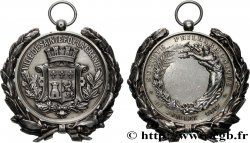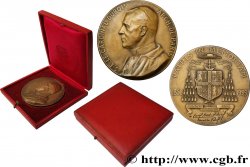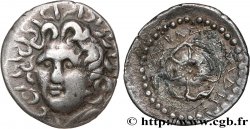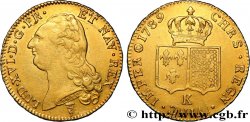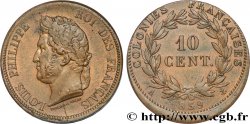Live auction - fme_782976 - TERZA REPUBBLICA FRANCESE Médaille, Pose de la première pierre du pont Alexandre III
Devi Sign-in ed essere un offerente approvato fare un'offerta, Login per fare offerte. Conti sono soggetti ad approvazione e di approvazione sono raggiunti entro 48 ore. Non aspettare fino al giorno di una vendita si chiude per registrarti.Confermando la tua offerta su questo oggetto ti impegni ad un contratto legalmente vincolante per l'acquisto di questo prodotto e fare clic su «offerta» costituisce accettazione dei termini di utilizzo de live auctions cgb.fr.
Offerta deve essere collocato in euro gli importi interi vendita only.The si chiuderà al momento sulla descrizione dell'oggetto, eventuali offerte pervenute al sito dopo l'orario di chiusura non verranno eseguite. Volte transmition possono variare e le offerte potrebbero essere respinto se si attende per gli ultimi secondi. Per ulteriori informazioni ckeck le FAQ Live auction.
Le offerte vincenti saranno sottomesse ai 18% per spese di compartecipazione alla vendita.
Le offerte vincenti saranno sottomesse ai 18% per spese di compartecipazione alla vendita.
| Valutazione : | 400 € |
| Prezzo : | 410 € |
| Offerta maxima : | 440 € |
| Data di fine vendita : | 24 gennaio 2023 18:33:31 |
| partecipanti : | 5 partecipanti |
Tipo : Médaille, Pose de la première pierre du pont Alexandre III
Data: 1900
Metallo : bronzo argentato
Diametro : 70 mm
Asse di coniazione : 12 h.
Incisore DUPUIS Daniel (1849-1899)
Peso : 140,01 g.
Orlo : lisse + corne BRONZE
Marchio : corne BRONZE
Commenti sullo stato di conservazione:
Patine grise hétérogène. La médaille présente une petite usure sur certains reliefs. Présence de quelques coups, notamment sur la tranche
Diritto
Titolatura diritto : ALEXANDRE III / PAX // À L’EXERGUE : SVR LA BERGE HISTORIQVE AVANT QVE DE DESCENDRE / SI TON GENEREVX CŒVR AVX CŒURS FRANÇAIS REPOND, / MÉDITE GRAVEMENT, RÊVE DEVANT CE PONT, / LA FRANCE LE CONSACRE A TON PÈRE ALEXANDRE.
Descrittivo diritto : Sous une allégorie montrant le buste rayonnant d'Alexandre III, la France et la Russie, personnifiées, en train de poser la première pierre du pont consacré à Alexandre III à Paris ; signé : DANIEL-DUPUIS.
Rovescio
Titolatura rovescio : SA MAJESTE NICOLAS II / EMPEREUR DE TOUTES LES RUSSIES / SA MAJESTE L'IMPERATRICE ALEXANDRA FEDOROVNA / FELIX FAURE PRESIDENT DE LA REPUBLIQUE FRANÇAISE / ONT POSÉ A PARIS / LA PREMIERE PIERRE DU PONT / ALEXANDRE III / MELINE ETANT PRESIDENT DU CONSEIL DES MINISTRES / HENRY BOUCHER MINISTRE DU COMMERCE / ALFRED PICARD COMMISSAIRE GENERAL / DE L’EXPOSITION UNIVERSELLE / DE 1900.
Descrittivo rovescio : Allégorie de la Seine avec un ange tenant une banderole inscrite LE VII OCTOBRE MDCCCXCVI .
Commento
La médaille est conservée dans son écrin d’origine timbré en lettres dorées : PONT ALEXANDRE III, qui malheureusement ne se ferme plus entièrement.
Les travaux de construction du pont Alexandre III ont débuté en 1896, avant d'être inauguré par le président Félix Faure et le tsar Nicolas II à l'occasion de la venue de ce dernier pour l'Exposition Universelle de Paris en 1900. Le quatrain reproduit au droit est tiré du poème Salut à l'Empereur, de José Maria de Heredia.
Inauguré pour l'Exposition universelle de Paris en 1900, le pont était destiné à symboliser l'amitié franco-russe, instaurée par la signature de l'alliance conclue en 1891 entre l’empereur Alexandre III (1845-1894) et le président de la République française Sadi Carnot. La première pierre fut posée par le tsar Nicolas II de Russie, l'impératrice Alexandra Fedorovna et le président Félix Faure le 7 octobre 1896. La construction de cet ouvrage d'art fut confiée aux ingénieurs Jean Résal et Amédée Alby, ainsi qu'aux architectes Cassien-Bernard et Gaston Cousin.
Construit dans l'axe de l'esplanade des Invalides, il conduit de celle-ci aux Petit et Grand Palais également construits pour l'exposition universelle.
Sur la colonne, rive droite en aval, fut gravée cette inscription : « Le 14 avril 1900, Émile Loubet président de la République Française a ouvert l'exposition universelle et inauguré le pont Alexandre III »..
The medal is kept in its original case stamped in gold letters: PONT ALEXANDRE III, which unfortunately no longer closes completely..
Construction work on the Alexandre III Bridge began in 1896, before being inaugurated by President Félix Faure and Tsar Nicholas II on the occasion of the latter's visit to the Universal Exhibition in Paris in 1900.. The quatrain reproduced on the right is taken from the poem Salut à l'Empereur, by José Maria de Heredia.
Inaugurated for the Universal Exhibition in Paris in 1900, the bridge was intended to symbolize Franco-Russian friendship, established by the signing of the alliance concluded in 1891 between Emperor Alexander III (1845-1894) and the President of the French Republic Sadi Carnot.. The first stone was laid by Tsar Nicholas II of Russia, Empress Alexandra Feodorovna and President Félix Faure on October 7, 1896.. The construction of this work of art was entrusted to the engineers Jean Résal and Amédée Alby, as well as to the architects Cassien-Bernard and Gaston Cousin.
Built along the axis of the Esplanade des Invalides, it leads from there to the Petit and Grand Palais, also built for the Universal Exhibition..
On the column, on the right bank downstream, was engraved this inscription: \\\"On April 14, 1900, Émile Loubet, President of the French Republic, opened the Universal Exhibition and inaugurated the Alexandre III Bridge.\\\".
Les travaux de construction du pont Alexandre III ont débuté en 1896, avant d'être inauguré par le président Félix Faure et le tsar Nicolas II à l'occasion de la venue de ce dernier pour l'Exposition Universelle de Paris en 1900. Le quatrain reproduit au droit est tiré du poème Salut à l'Empereur, de José Maria de Heredia.
Inauguré pour l'Exposition universelle de Paris en 1900, le pont était destiné à symboliser l'amitié franco-russe, instaurée par la signature de l'alliance conclue en 1891 entre l’empereur Alexandre III (1845-1894) et le président de la République française Sadi Carnot. La première pierre fut posée par le tsar Nicolas II de Russie, l'impératrice Alexandra Fedorovna et le président Félix Faure le 7 octobre 1896. La construction de cet ouvrage d'art fut confiée aux ingénieurs Jean Résal et Amédée Alby, ainsi qu'aux architectes Cassien-Bernard et Gaston Cousin.
Construit dans l'axe de l'esplanade des Invalides, il conduit de celle-ci aux Petit et Grand Palais également construits pour l'exposition universelle.
Sur la colonne, rive droite en aval, fut gravée cette inscription : « Le 14 avril 1900, Émile Loubet président de la République Française a ouvert l'exposition universelle et inauguré le pont Alexandre III »..
The medal is kept in its original case stamped in gold letters: PONT ALEXANDRE III, which unfortunately no longer closes completely..
Construction work on the Alexandre III Bridge began in 1896, before being inaugurated by President Félix Faure and Tsar Nicholas II on the occasion of the latter's visit to the Universal Exhibition in Paris in 1900.. The quatrain reproduced on the right is taken from the poem Salut à l'Empereur, by José Maria de Heredia.
Inaugurated for the Universal Exhibition in Paris in 1900, the bridge was intended to symbolize Franco-Russian friendship, established by the signing of the alliance concluded in 1891 between Emperor Alexander III (1845-1894) and the President of the French Republic Sadi Carnot.. The first stone was laid by Tsar Nicholas II of Russia, Empress Alexandra Feodorovna and President Félix Faure on October 7, 1896.. The construction of this work of art was entrusted to the engineers Jean Résal and Amédée Alby, as well as to the architects Cassien-Bernard and Gaston Cousin.
Built along the axis of the Esplanade des Invalides, it leads from there to the Petit and Grand Palais, also built for the Universal Exhibition..
On the column, on the right bank downstream, was engraved this inscription: \\\"On April 14, 1900, Émile Loubet, President of the French Republic, opened the Universal Exhibition and inaugurated the Alexandre III Bridge.\\\".







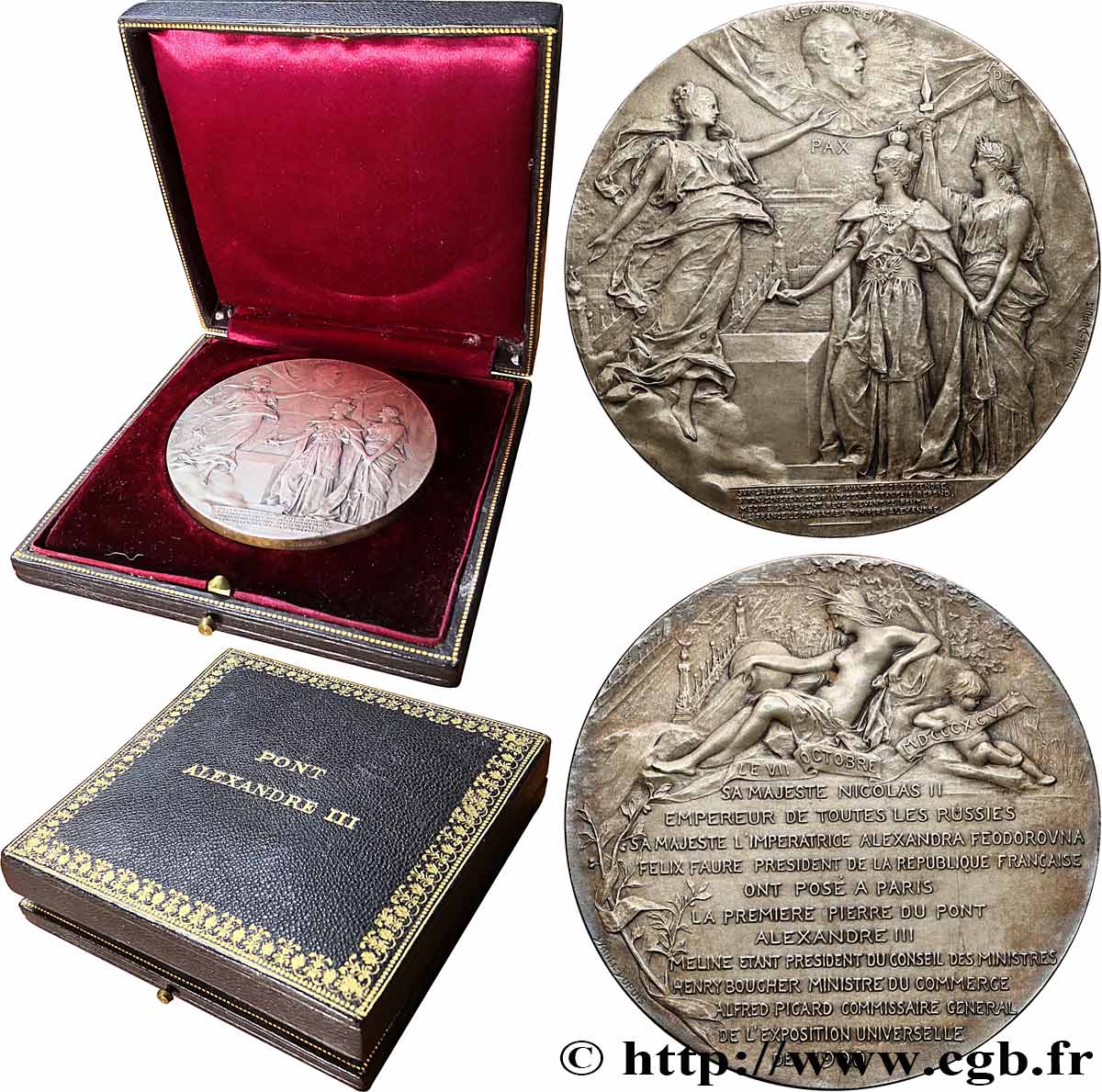
 Segnalare un errore
Segnalare un errore Stampate la pagina
Stampate la pagina Condividi mia selezione
Condividi mia selezione Fai una domanda
Fai una domanda Consegnare / vendere
Consegnare / vendere
 Descrittivo
Descrittivo